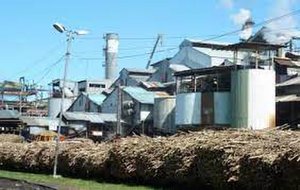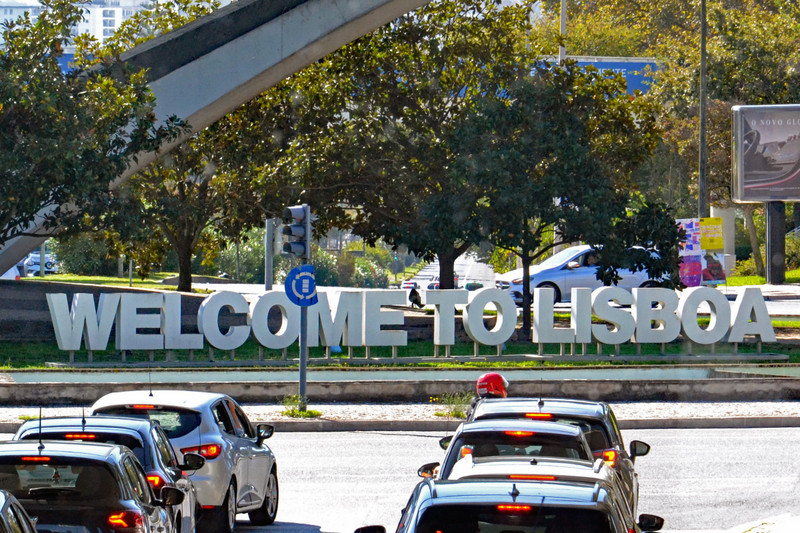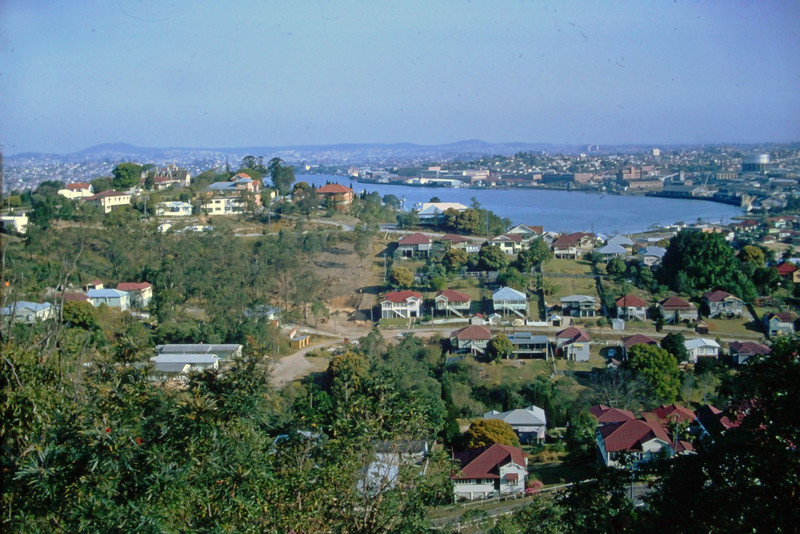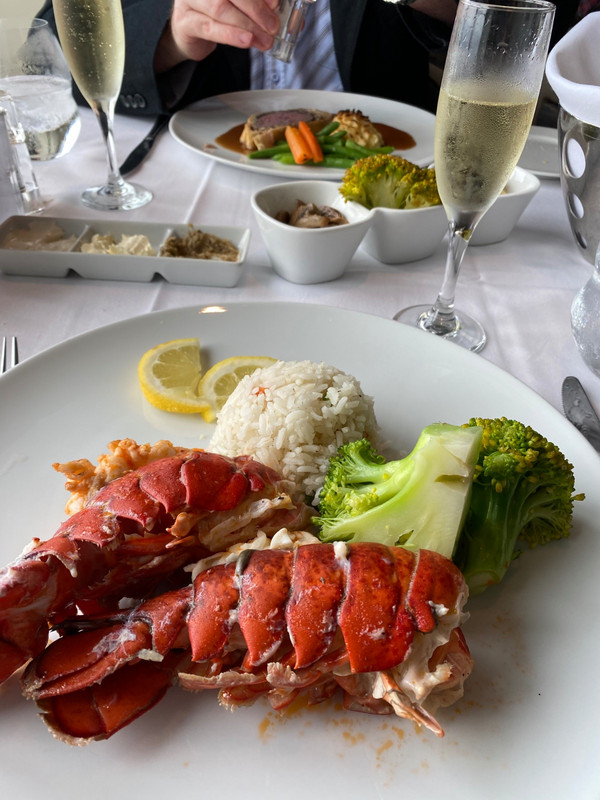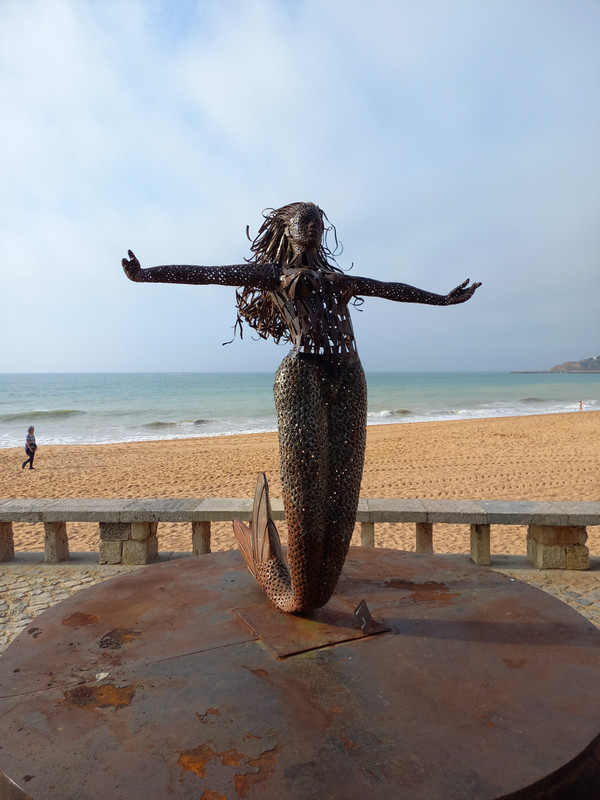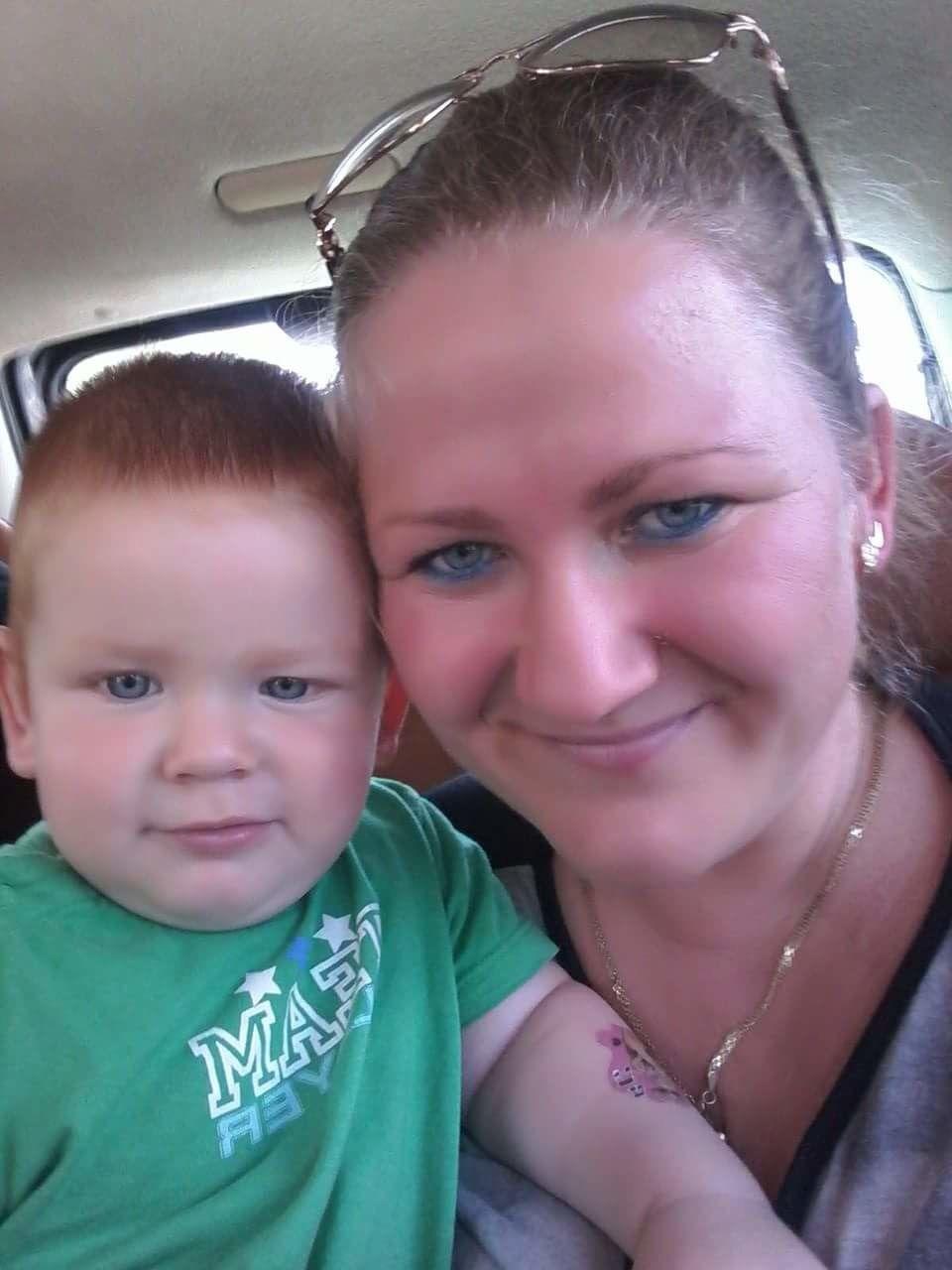I was fortunate enough to be sponsored through my undergraduate Chemical Engineering degree at the University of NSW via a CSR cadetship. For those old enough to remember, CSR was originally the Colonial Sugar Refining Company. Amongst the benefits of this cadetship were that they paid you some pocket money along the way so you didnt have to spend nights or weekends working in bars, and also you knew you had firm employment on graduation, although you didnt know where. So just after graduation at the end of 1971, I was waiting to hear from my employer whether I was to be assigned to one of the North Queensland sugar mills, one of the capital city refineries, or one of the many divisions that CSR had purchased in the building materials sector. But by some good fortune, I got the jackpot – I was assigned to Lautoka Sugar Mill in Fiji, not an unappealing option for a young single guy.
My role at the sugar mill was that of Shift Production Supervisor, and while the work was enjoyable, the hours werent particularly appealing. About the only benefit I could derive from doing a night shift was that periodically, if
I was still on my feet by sunrise, instead of retiring to bed for a sleep I would instead venture out to one of the many tourist islands just off Lautoka, such as Island. Then if I managed to attract the attention of some unfortunate young damsel (of which the choices were usual plenty as in those days air ‘hosties were able to fly to Fiji for about 10 bucks return), we might then move on down to one of the many nightclubs in Nadi for dinner and dancing. It would be then that I would have to pull my Cinderella trick and excuse myself around 11pm on the basis my next shift back in Lautoka started an hour later. I usually slept very well the following day after around a continuous stint!
One of the very early lessons for me working as a supervisor at the mill was in the area of race relations. As a young Aussie growing up in the 1970s, my exposure to differing cultures had been minimal, but I sure made up for that in a hurry in Fiji. The two major ethnic groups in Fiji are the indigenous Fijians and the
imported Indians, and each plays an important role in the countrys development. Almost all the operators at the mill were one race or the other (and you never mixed them in the same section) and while there was rarely open hostility between them, there was certainly a continual undercurrent of resentment. I was often somewhat bemused to be approached in the middle of my shift by a Fijian, often old enough to be my Hey Boss, that Indian did such and such to be followed soon after by a not from an Indian operator, Hey Boss, that Fijian did such and such . Names were rarely used – it was always that Indian or that Fijian! Indeed, it was only 15 years later when the Fijians staged the first of two military coups to reassert ethnic Fijian supremacy in the country following the 1987 election, which for the first time brought an ethnic government to power.
I dont want to dwell totally negatively on the race issue however as it also provided me with some of my most rewarding experiences in my two years in Fiji. I was fortunate enough to be invited
on a number of occasions to cultural ceremonies of both ethnic groups, ranging from kava ceremonies and mekes (traditional song and dance) with the Fijians to Raatib ceremonies (including piercing acts), a wedding, and various feasts with the Indians. In all, both ethnic groups were extremely hospitable towards me and for that I was very appreciative.
Casual liaisons aside, social life was somewhat limited over there as CSR prohibited us from dating local girls and it was almost impossible for a female expatriate to get a work permit for Fiji as it was considered there were no occupations that could not be covered by local female staff. So I played a lot of sport instead.
